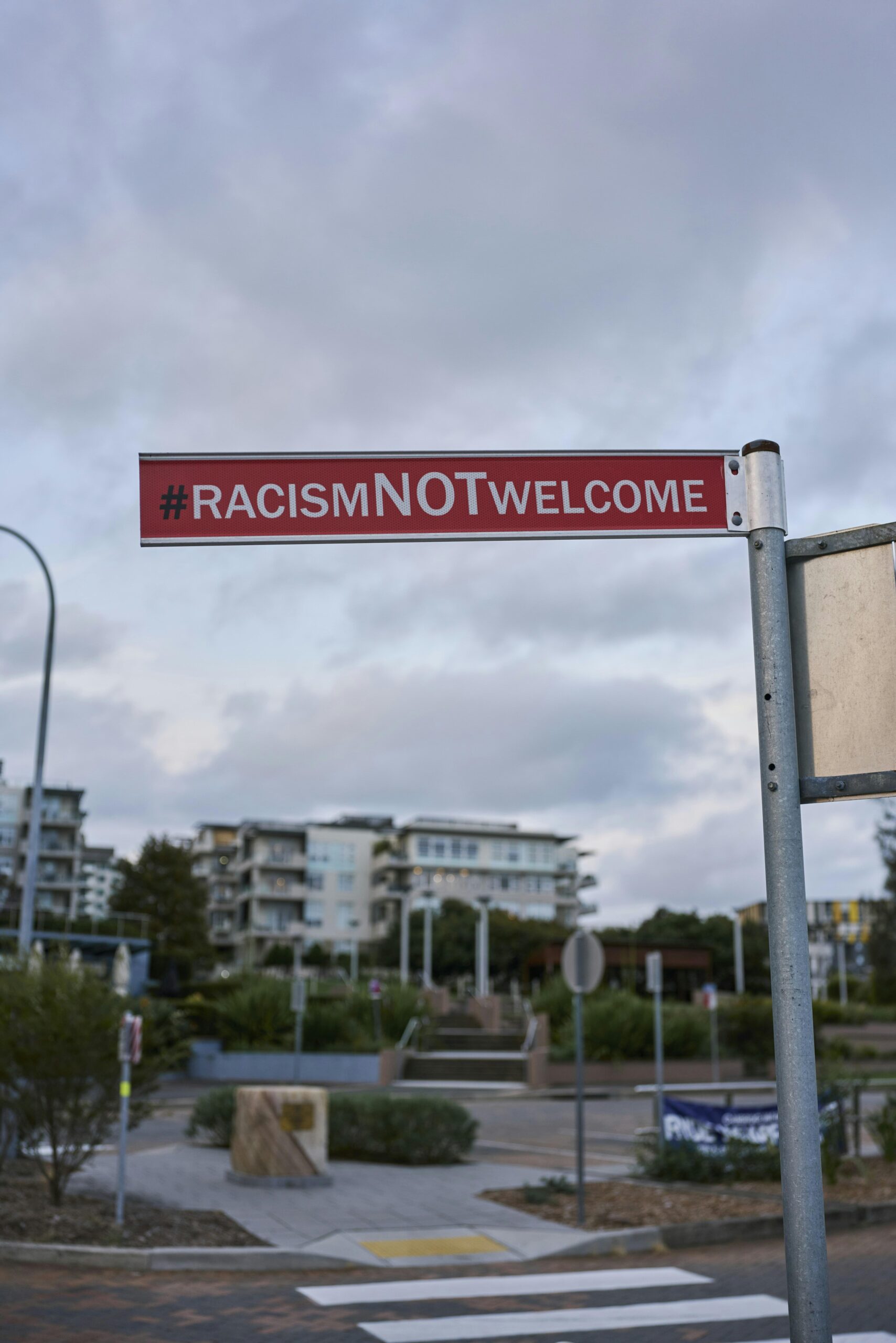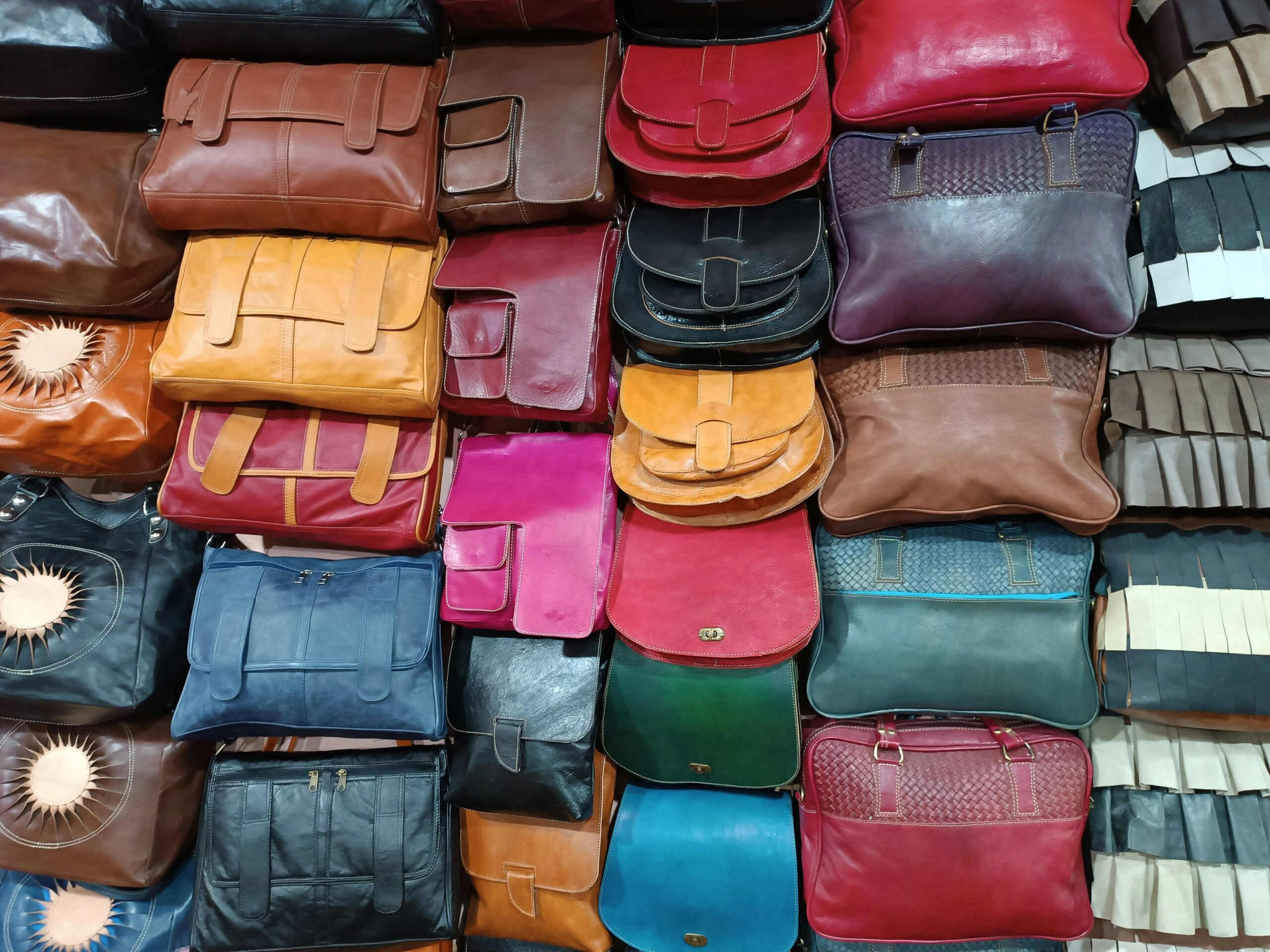Have you ever stopped to think about how the news you consume might be shaping your views on race—often in ways you don’t even realize? Crime reporting, with its vivid headlines and gripping details, plays a surprisingly powerful role in framing our perceptions of different communities. But beneath the surface of breaking news and police blotters lies a complex web of storytelling choices that can unintentionally reinforce harmful racial stereotypes. In this article, we’ll dive into how the way crime is reported doesn’t just inform us—it shapes narratives about race that ripple through society, influencing attitudes and fueling biases. Let’s explore this intriguing and important topic together.
Table of Contents
- The Unseen Influence of Language Choices in Crime Stories
- Connecting the Dots Between Media Portrayals and Public Perception
- When Headlines Paint in Broad Strokes How Stereotypes Take Hold
- Rethinking Crime Reporting Practices to Break the Cycle of Bias
- Insights and Conclusions
The Unseen Influence of Language Choices in Crime Stories
Words carry more than just meaning; they transport a landscape of subtle cues that shape our perceptions without us even realizing it. In crime stories, specific language choices—like emphasizing a suspect’s racial or ethnic background—can unconsciously activate stereotypes and biases. Terms such as “suspect,” “gang-affiliated,” or “violent” become loaded descriptors when paired with racial identifiers, framing narratives in ways that reinforce existing prejudices. This isn’t just about isolated word choices but rather a pattern that builds a repeated association between crime and certain racial groups in the public consciousness.
Consider how headlines and story leads often spotlight the race of an accused individual while omitting similar details for victims, creating an imbalance in representation. This linguistic framing extends beyond the obvious and seeps into choices like what is reported, how it’s reported, and what context is provided. For instance, crime reporting often features:
- Vivid emphasis on negative traits when describing suspects of certain races
- Implicitly defining “us” versus “them” through selective labeling
- Neglecting systemic factors or community context that contribute to crime rates
When left unchecked, these language patterns do more than reflect societal biases; they actively fuel and perpetuate them, shaping law enforcement priorities and public opinion alike. Understanding this unseen influence invites us to approach crime stories with a critical eye, questioning not just what is told, but how it’s conveyed.
Connecting the Dots Between Media Portrayals and Public Perception
Media portrayals play a pivotal role in shaping public perception, often acting as the primary lens through which people interpret crime and social issues. When narratives disproportionately highlight crimes committed by specific racial groups, it can lead to the cultivation of implicit biases that are difficult to unravel. This skewed representation doesn’t just misinform; it actively reinforces harmful stereotypes by repeatedly associating certain communities with criminality. Over time, these portrayals embed themselves in collective consciousness, influencing everything from casual conversations to policy-making decisions.
Consider the following factors that amplify this impact:
- Selective reporting: A tendency to focus on sensationalized or violent crimes predominantly involving minority groups, while downplaying similar incidents within other demographics.
- Framing and language use: Descriptive terms and imagery that evoke fear or suspicion, subtly guiding audiences toward biased interpretations.
- Repetition and exposure: Constant reinforcement through repeated coverage fosters a cognitive association between race and criminality.
These elements create a feedback loop where public fear is intertwined with racialized assumptions, ultimately affecting societal trust and the justice system itself. Understanding this dynamic invites us to critically examine the media we consume and demand more balanced and responsible reporting that transcends stereotypes.
When Headlines Paint in Broad Strokes How Stereotypes Take Hold
News headlines often resort to sweeping generalizations, reducing complex stories to simplistic portrayals that fail to capture individual circumstances. This tendency to paint with broad strokes not only trivializes the nuances of crime but also amplifies existing prejudices. When racial or ethnic backgrounds are disproportionately highlighted in crime reports, they inadvertently reinforce negative stereotypes, embedding these biases deeper into the public consciousness. The narrative seldom challenges these assumptions, allowing generalized fears to flourish unchecked.
Consider how the media’s framing can create a skewed mental image through patterns such as:
- Selective emphasis on certain demographics while ignoring others equally involved in similar incidents.
- Use of language that subtly suggests criminality as an inherent trait rather than examining broader systemic issues.
- Repetition of these portrayals across multiple news platforms, embedding them as ‘truths’ in society’s collective mindset.
By failing to scrutinize these practices, crime reporting often becomes complicit in maintaining harmful stereotypes rather than dismantling them, illustrating the urgent need for more responsible journalism that contextualizes individuals rather than categorizing them.
Rethinking Crime Reporting Practices to Break the Cycle of Bias
Traditional crime reporting often leans on sensationalism and quick judgements, which can unwittingly embed racial prejudices into the public consciousness. When news outlets emphasize an individual’s race in crime stories—especially without context or balance—it signals to audiences that certain communities are inherently more associated with criminality. This not only distorts reality but also perpetuates harmful stereotypes, influencing perceptions that extend beyond the news cycle. By acknowledging this subtle but powerful reinforcement of bias, journalists and editors have the opportunity to transform how stories are framed.
To challenge this ingrained pattern, newsrooms might consider:
- Using race only when directly relevant to the story’s facts, rather than as a hook or filler.
- Highlighting systemic issues like poverty or education that underlie crime rates, rather than focusing solely on individuals.
- Amplifying diverse voices to provide context and humanize those often reduced to stereotypes.
- Training reporters on unconscious bias to foster more equitable and thoughtful coverage.
Insights and Conclusions
As we peel back the layers of how crime reporting influences the stories we tell about race, it becomes clear that the media doesn’t just reflect society—it actively shapes the narratives we believe. By questioning the headlines and patterns we see, we can begin to unpack the biases baked into the news and challenge the stereotypes that persist. So next time you read a crime report, take a moment to wonder: whose story is really being told, and what might be left out? Understanding this dynamic is a crucial step toward a more honest and fair conversation about race, crime, and justice. Curious to dig deeper? The dialogue is just getting started.











